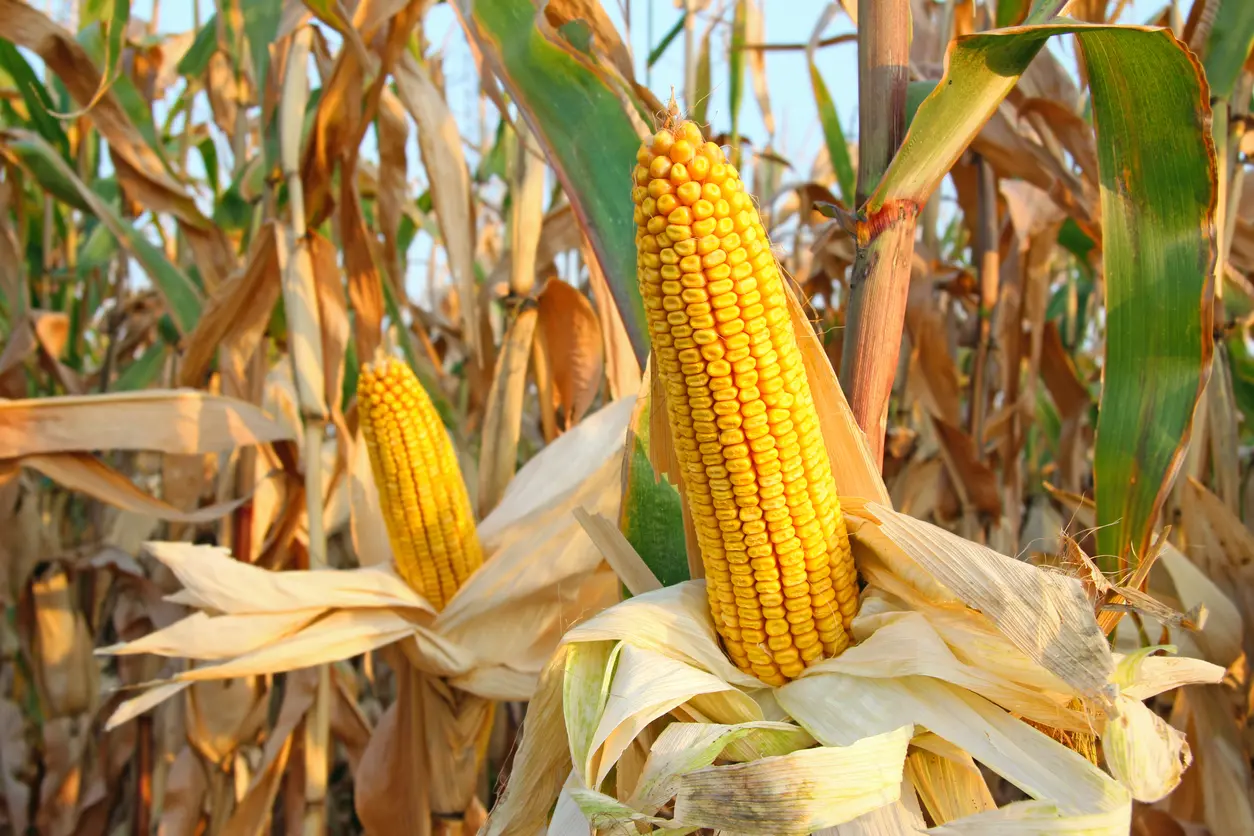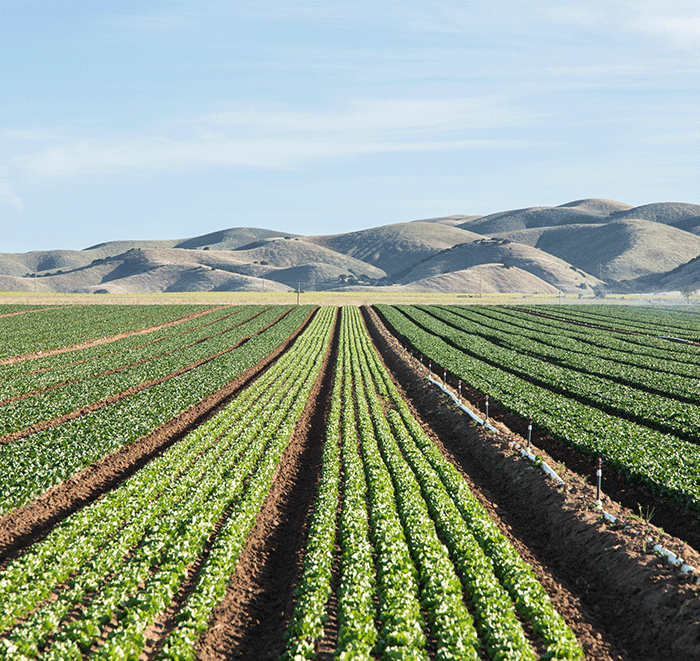
How Fast Will This Year’s Corn Dry?

Why do stalk quality/stalk rot problems develop? For a corn plant to remain healthy and free of stalk rot the plant must produce enough carbohydrates by photosynthesis to keep root cells and pith cells in the stalk alive and to meet demands of grain fill. When corn is subjected to stress such as lack of fully developed root system (this year) drought, (this year in spots) photosynthetic activity is sharply reduced and carbohydrate levels available for the developing ear are insufficient (tipping back). The corn plant responds to this situation by remobilizing carbohydrates from the leaves, stalk, and roots to the developing ear. While this “cannibalization” process ensures a supply of carbohydrates for the developing ear under stress conditions, the removal of carbohydrates results in premature senescence and death of the pith cells in the stalk and root tissues which predisposes plants to root infection by stalk rot fungi.
In addition to drought, stresses which increase the likelihood of stalk rot problems in corn include loss of leaf tissue due to foliar diseases, insects or hail; injury to the root system by insects or chemicals; high levels of nitrogen in relation to potassium in the soil, compacted or saturated soils restricting normal root growth; and high plant populations. Several of these stress conditions occurred this year. Conditions early this season led to problems with root development involving restricted and limited growth. Protracted periods with high temperatures and limited rainfall stressed plants during pollination and grain fill.
This year, hot, dry, stressful conditions during and after flowering reduced the supply of photosynthates for both the grain and root system. Moreover growing conditions during vegetative growth were often not favorable for development of a deep root system capable of withstanding periods of water stress later in the growing season.
Can differences in relative maturity between the hybrids and timing of environmental stress play a role? Short-season hybrids are often associated with more lodging but the timing of an environmental stress can also be a major factor. Because short-season hybrids produce less photosynthate than later maturing hybrids there may be less carbohydrate available to fill grain and maintain stalk integrity. As a result, they may be more vulnerable to droughts, leaf blights, and other stresses than later-maturing hybrids. However shorter season hybrids also have the ability to “beat the heat” and pollinate early in the growing season allowing less stress to the plant. If full season hybrids are subjected to late-season droughts, hail damage, or leaf blight during grain fill, their stalk quality may be impacted more than earlier-maturing hybrids (because the latter may be closer to completing grain fill).
Some hybrids are more prone to cannibalizing their stalk for ear length and grain fill. What stresses trigger this cannibalization, and what is the critical growth period when environmental stress has the most impact on resulting stalk quality?
Stresses which increase the likelihood of stalk rot problems in corn include drought; loss of leaf tissue due to foliar diseases, insects or hail; injury to the root system by insects or chemicals; high levels of nitrogen in relation to potassium in the soil; compacted or saturated soils restricting normal root growth; and high plant populations. Several of these stress conditions occurred this season. Saturated soils early in the season led to problems with root development involving restricted and limited growth. Protracted periods with high temperatures and limited rainfall stressed plants during grain fill. And finally, in some areas environmental conditions were particularly favorable for foliar diseases. In some locales, second-generation Environmental stresses (drought, gray leaf spot, hail) during grain fill will probably have the greatest impact on stalk quality.

